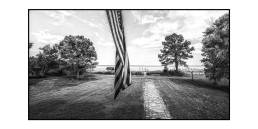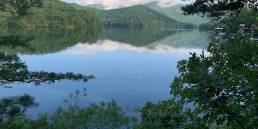
bio:
As a photographer specializing in portraits, Gabriela Hasbun’s work highlights the marginalized and unexplored communities around her. Growing up between Miami and her native El Salvador, which was in the grips of a devastating civil war, Hasbun learned the importance of documenting the humanity in people others have overlooked. Her fundamental belief in the radical power of storytelling has led her to subjects like Black cowboys, fat activists, queer skateboarders, and the people of the Mission district in San Francisco. At the heart of her photography is a celebration of the complexities of identity and the human spirit. Reveling in the unexpected, Hasbun’s work makes visible that which has gone unnoticed, and challenges how we see the world. She is always searching for projects that make a difference, question existing narratives, and subvert expectations.
Statement:
The cowboy has long symbolized strength, self-reliance, and determination — yet Black cowboys and cowgirls, who helped shape the American West, are often left out of that story. Since 2008, I’ve been documenting the Bill Pickett Invitational Rodeo, the only touring Black rodeo in the U.S., and the vibrant community that keeps these traditions alive. This series honors both the legacy of Black cowboys and the modern community that gathers each year to celebrate and support one another. Families return not only for the sport but for the powerful sense of belonging it fosters. As Cowboy Jamir Graham told me, “My rodeo team is my family.” What draws me back each year are the quiet, unseen moments — the bond between a rider and their horse, the camaraderie when the competition ends. These images reflect the trust, care, and joy within this community. The New Black West is a tribute to their enduring spirit and a reminder that Black cowboys have always been part of this history — and they are still here, forging new legacies.




